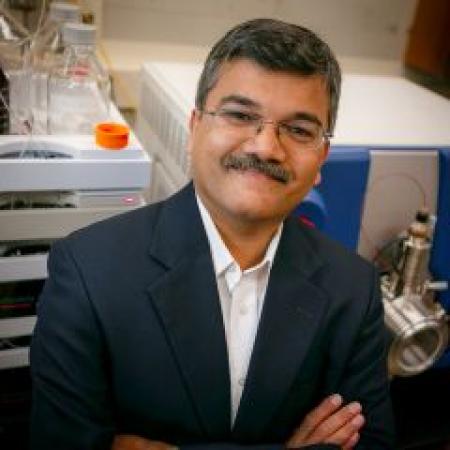Significant changes have occurred over the last decade in how researchers think about health and disease, the role the environment plays in disease etiology, and how best to assess human exposure to environmental pollutants and dietary chemicals. An overarching concept emerged - the exposome, defined by the CDC as “the measure of all the exposures of an individual in a lifetime and how those exposures relate to health”.
- Exposomics is the study of the exposome by measuring biomarkers to assess and monitor internal exposure.
- A biomarker is “a key molecular or cellular event [or molecule] linking a specific environmental exposure to a health outcome”.
Biomonitoring provides the most health-relevant assessment of exposure because it measures the amount of a chemical present inside people, and not the amount of a chemical present in the environment, according to the CDC.
The Wadsworth Center identifies specific environmental and dietary factors affecting the health of New Yorkers. We address the role of economic, ethnic, and geographic disparities in disease incidence, focusing on:
- cancer
- cardiovascular diseases
- neurological diseases
- diabetes
- obesity-related diseases
See Select Featured Laboratories in Environmental Health working on Human Biomonitoring:
Associated Researchers

Kurunthachalam Kannan, PhD
Deputy Director of the Division of Environmental Health Sciences
Biomonitoring of human exposure to environmental chemicals; biomarkers of health effects; sources and pathways of human exposure; environmental distribution, food chain transfer and fate of organic pollutants; consumer product analysis; overdose and wastewater surveillance

Christopher D. Palmer, PhD
Deputy Director, Clinical Trace Elements Laboratory
We develop and maintain robust ICP-MS methodologies to support both human biomonitoring studies and emergency preparedness.

Patrick J. Parsons, PhD
Director, Division of Environmental Health Sciences
We study human exposure to toxic metals/metalloids (biomonitoring) and long-lived nuclides (radiobioassay); and develop novel speciation methods by coupling LC and GC to ICP-MS, while using portable XRF for field-based studies.